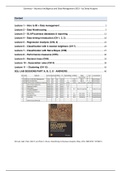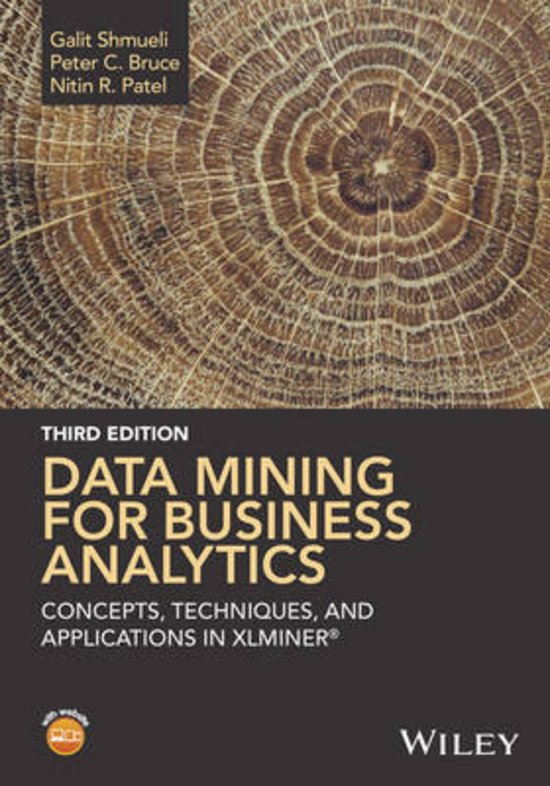Samenvatting
Business Intelligence and Data management - Summary
- Instelling
- Tilburg University (UVT)
This is a summary for the course Business Intelligence and Data Management of the Master Information Management. It covers all the course material as discussed in the lectures by professor Caron & Smits. It contains all relevant exam material including some examples of SQL. Also the answers of the ...
[Meer zien]





